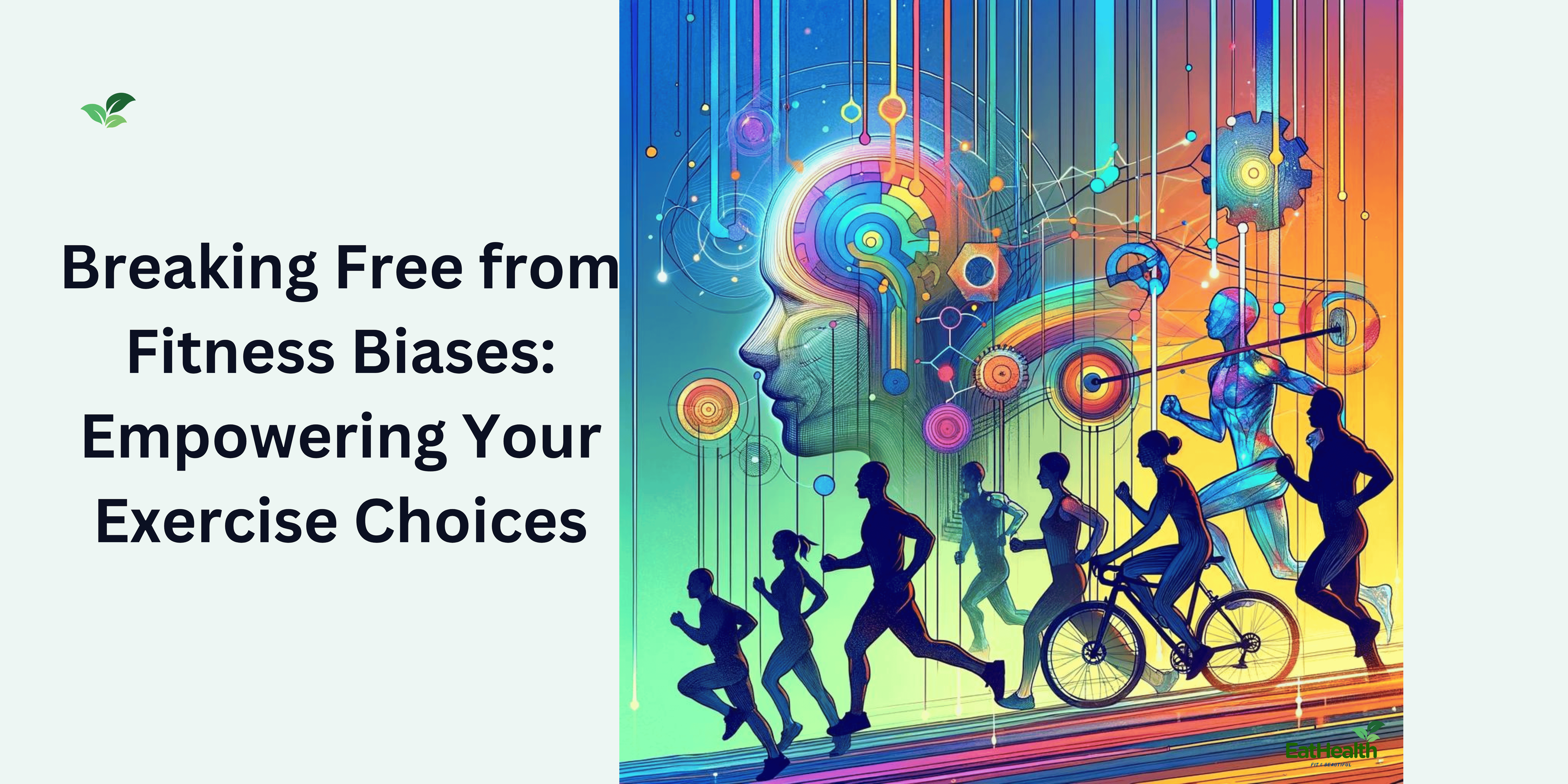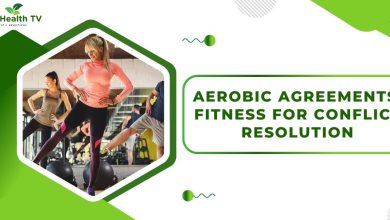Fitness Biases: Unraveling the Psychology of Preferences
Breaking Free from Fitness Biases: Empowering Your Exercise Choices
Fitness Biases: Unraveling the Psychology of Preferences
In the realm of fitness and exercise, preferences play a significant role in shaping individuals’ choices and behaviors. However, these preferences are not always based on objective factors; instead, they can be influenced by various biases rooted in psychology. In this comprehensive guide, we will explore the fascinating world of fitness biases, shedding light on the underlying psychological mechanisms that drive our preferences and behaviors in the realm of exercise and physical activity.
Understanding Fitness Biases:
Fitness biases refer to the tendency for individuals to exhibit preferences or make decisions based on subjective factors rather than objective criteria. These biases can manifest in various ways, influencing choices related to exercise modalities, workout environments, fitness instructors, and even workout attire. By understanding the psychology behind these biases, we can gain insights into how they impact our fitness journey and explore strategies for overcoming them. Just as we know How Tech Innovations Shape Modern Fitness Trends?
Types of Fitness Biases:
- Confirmation Bias: This bias occurs when individuals seek out information that confirms their existing beliefs or preferences regarding fitness. For example, someone who prefers weightlifting may ignore evidence suggesting the benefits of cardiovascular exercise.
- Anchoring Bias: Anchoring bias occurs when individuals rely too heavily on initial information or experiences when making subsequent decisions. In the context of fitness, this bias may lead individuals to stick to familiar exercise routines or equipment, even if more effective options are available.
- Social Comparison Bias: Social comparison bias involves comparing oneself to others in terms of fitness levels, leading to feelings of inadequacy or superiority. This bias can influence workout choices, as individuals may feel pressure to conform to certain fitness standards set by their peers or social media influencers.
- Availability Bias: Availability bias occurs when individuals base their decisions on information readily available to them, rather than considering all relevant factors. In fitness, this bias may lead individuals to prioritize exercises or activities that are currently trending or popular, without considering their individual preferences or needs.
- In-group Bias: In-group bias refers to the tendency for individuals to favor members of their own group over those outside of it. In fitness settings, this bias may lead individuals to gravitate towards workout classes or communities composed of people with similar backgrounds or fitness goals.
Overcoming Fitness Biases:
- Awareness: The first step in overcoming fitness biases is to become aware of their existence and how they may be influencing your choices. By recognizing your biases, you can begin to make more informed and objective decisions about your fitness routine.
- Diversification: Experiment with different types of exercises, workout environments, and fitness instructors to expose yourself to a variety of options. This can help broaden your perspective and challenge any biases you may hold.
- Individualization: Focus on finding fitness activities that align with your individual preferences, goals, and values. Remember that what works for others may not necessarily work for you, and that’s okay.
- Critical Thinking: Practice critical thinking skills when evaluating fitness information and advice. Be skeptical of claims that seem too good to be true and seek out evidence-based sources to inform your decisions.
- Seeking Support: Don’t be afraid to seek support from fitness professionals, friends, or family members who can provide guidance and encouragement on your fitness journey. Surrounding yourself with a supportive community can help you stay motivated and accountable.
Conclusion:
In conclusion, fitness biases are pervasive but often overlooked factors that influence our choices and behaviors in the realm of exercise and physical activity. By understanding the underlying psychology of these biases and adopting strategies to overcome them, we can make more informed and objective decisions about our fitness journey. By embracing diversity, individuality, and critical thinking, we can create a fitness routine that truly reflects our preferences, goals, and values.





